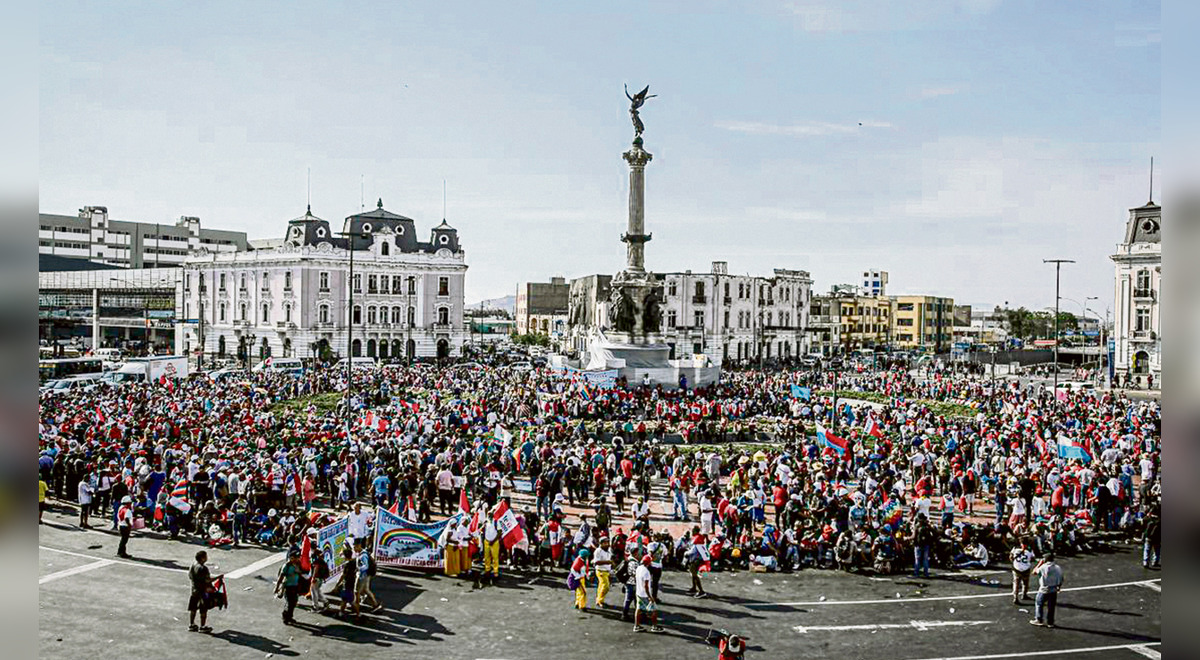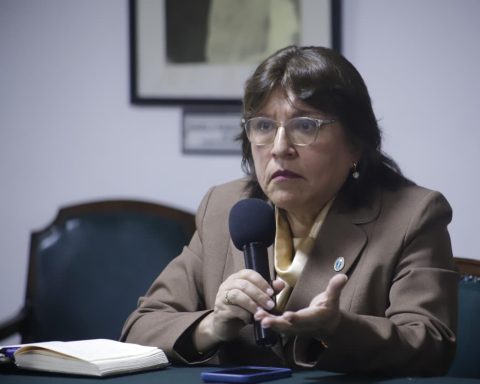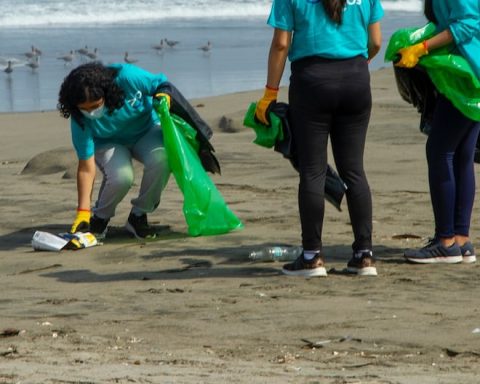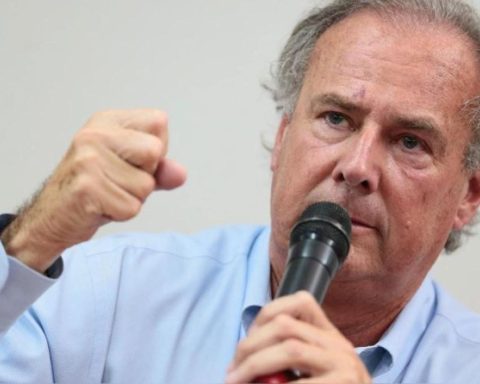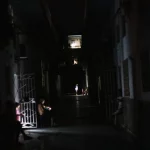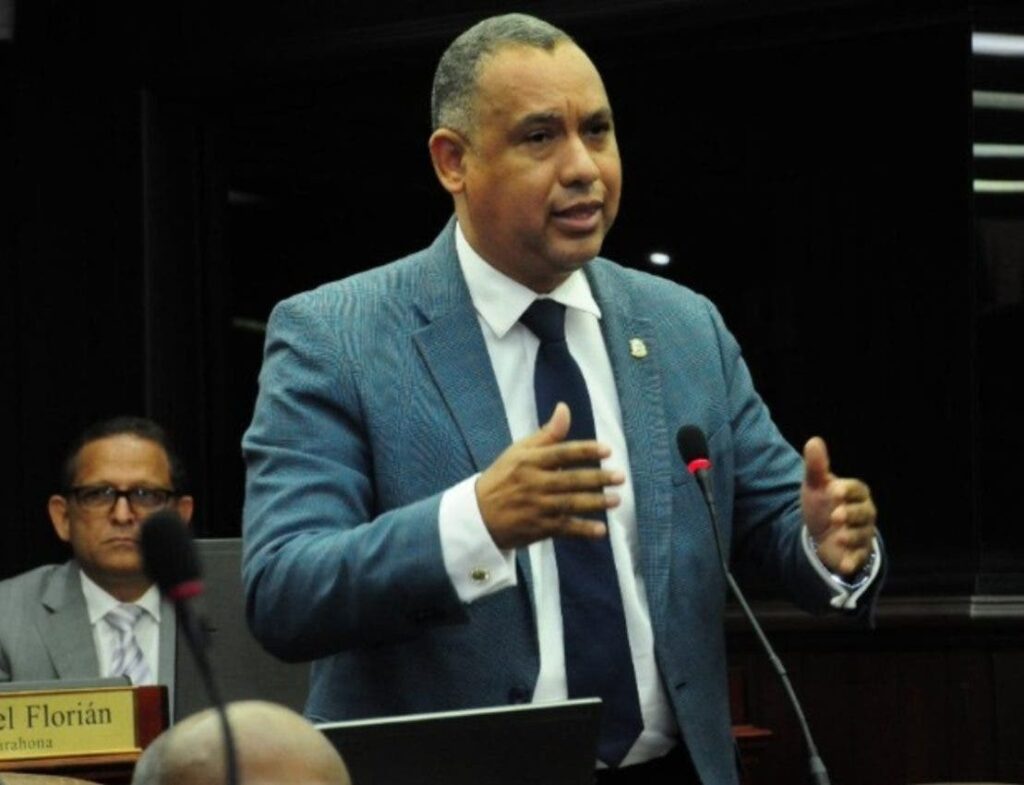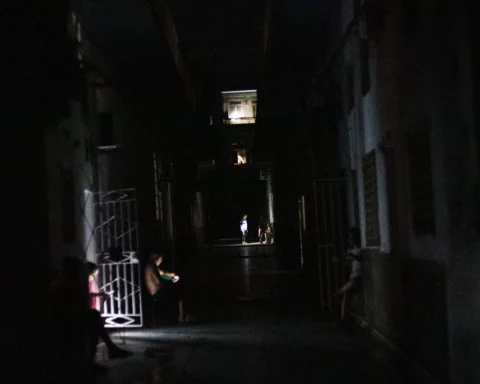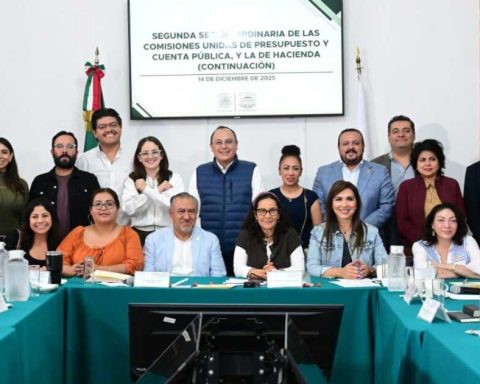intangible lime. However, the mayor himself Rafael Lopez Aliaga held rallies in that same area. The Constitutional Court already ruled on the matter in 2005.
The Council Agreement was published in El Peruano which declares the historic center of Lime (see infographic) and that prohibits marches, rallies and public demonstrations of a political nature “that put public health and safety at risk.”
What you are looking for, by the way, is to prevent the demonstrations from continuing against the government of Dina Boluarte and Congress, and whose main objective is to demand an early election.
It is contradictory that the mayor of Lima himself, Rafael Lopez Aliaga, held rallies in the area where today, under the agreement, it would no longer be possible to organize similar activities. For example, the image that accompanies this note is from May 2021. That time, López Aliaga led a rally on the Paseo de los Héroes Navales, where he invoked the death of Pedro Castillo and Vladimir Cerrón.
Other times. López Aliaga at a rally in the center. Photo: diffusion
The agreement published yesterday does not present contradictions, in the opinion of the former president of the Constitutional Court (TC) Marianella Ledesma. “There is a contrast of constitutional rights: the right to assemble peacefully without weapons, to move freely, to freedom of expression, compared to the other right that the municipality invokes on the duty to care for the historic center of Lima as a cultural heritage of humanity. In this scenario, this Council agreement is merely declarative, it has no coercive efficacy because the exercise of the rights of transit, expression and association cannot be prohibited”, said Ledesma.
In that sense, considered that said agreement, in any case, will require to be regulated to specify under what conditions a public concentration puts public health and safety at risk. This means that, at this time, the provision is unenforceable, in Ledesma’s opinion.
It should be noted that, in 2005, the Constitutional Court had already declared a lawsuit filed by the General Confederation of Workers of Peru (CGTP) before a municipal ordinance that declared the historic center of Lima a “rigid zone” for any type of public gathering. That is, there is jurisprudence on this subject.
What the TC then said in its ruling is that it can be “restrict or prohibit the exercise of the right of assembly” only if “there are objective, sufficient and well-founded reasons for it.”
The most important thing about that ruling is that the TC states —expressly— that “in no case the exercise of the right of assembly, provided for in article 2 of the Constitution, may be subject to the requirement of prior authorization by the administrative authority”.
According to Ledesma, the general rule should be the full enjoyment of the right, such as the meeting. Your constraint should only be given as an exception, for very precise reasons.
Jurisprudence
In 2005, the Constitutional Court declared a lawsuit by the CGTP against an ordinance that declared the center a “rigid zone” founded.
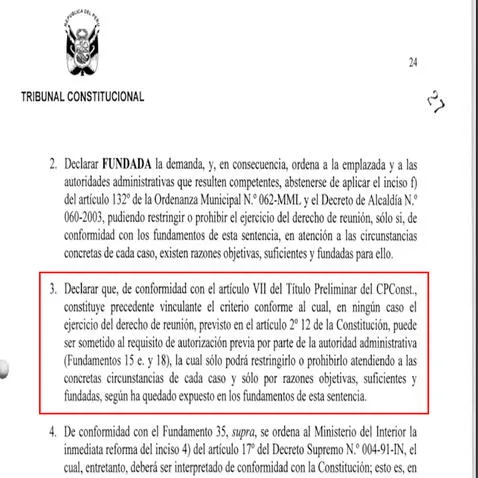
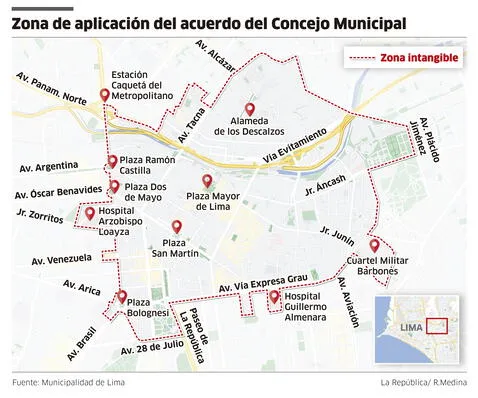
Infographic – The Republic
